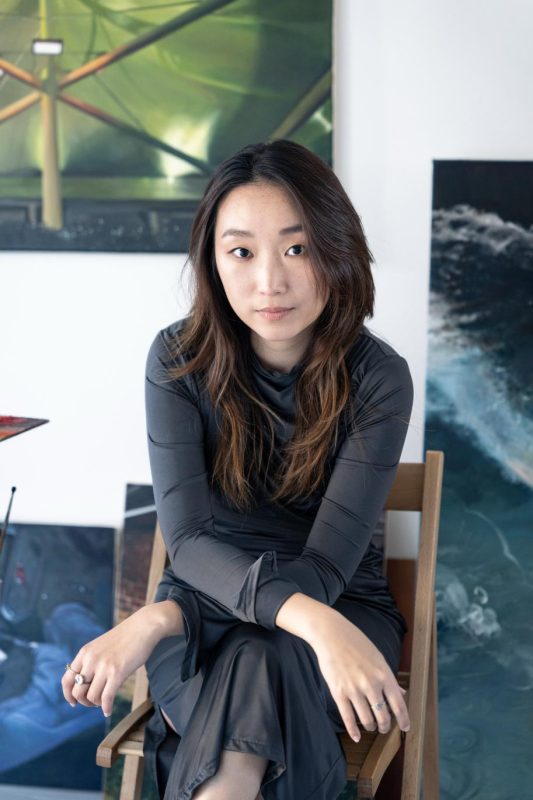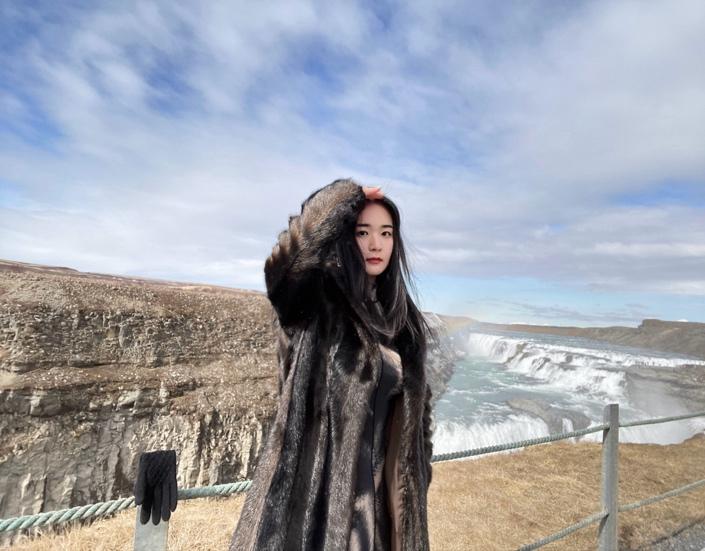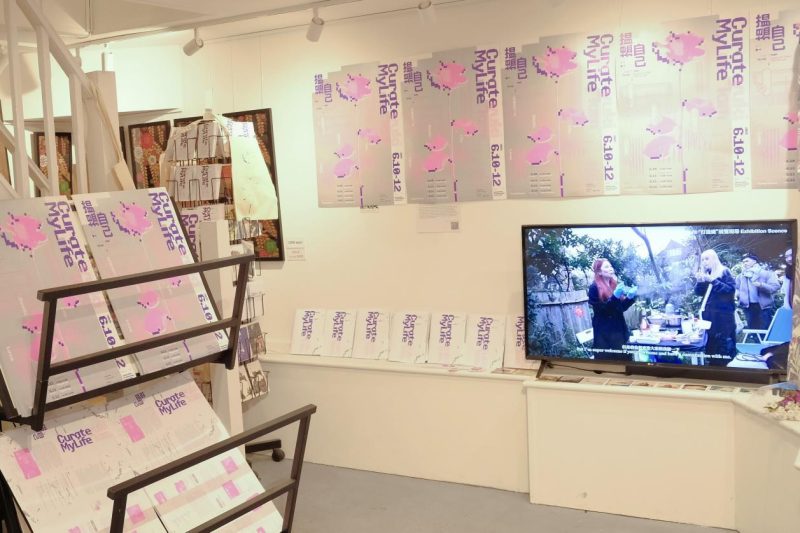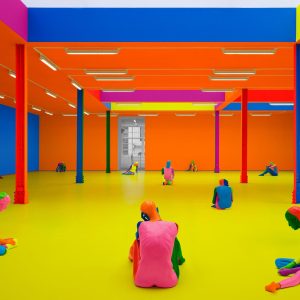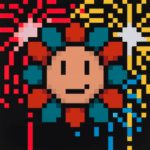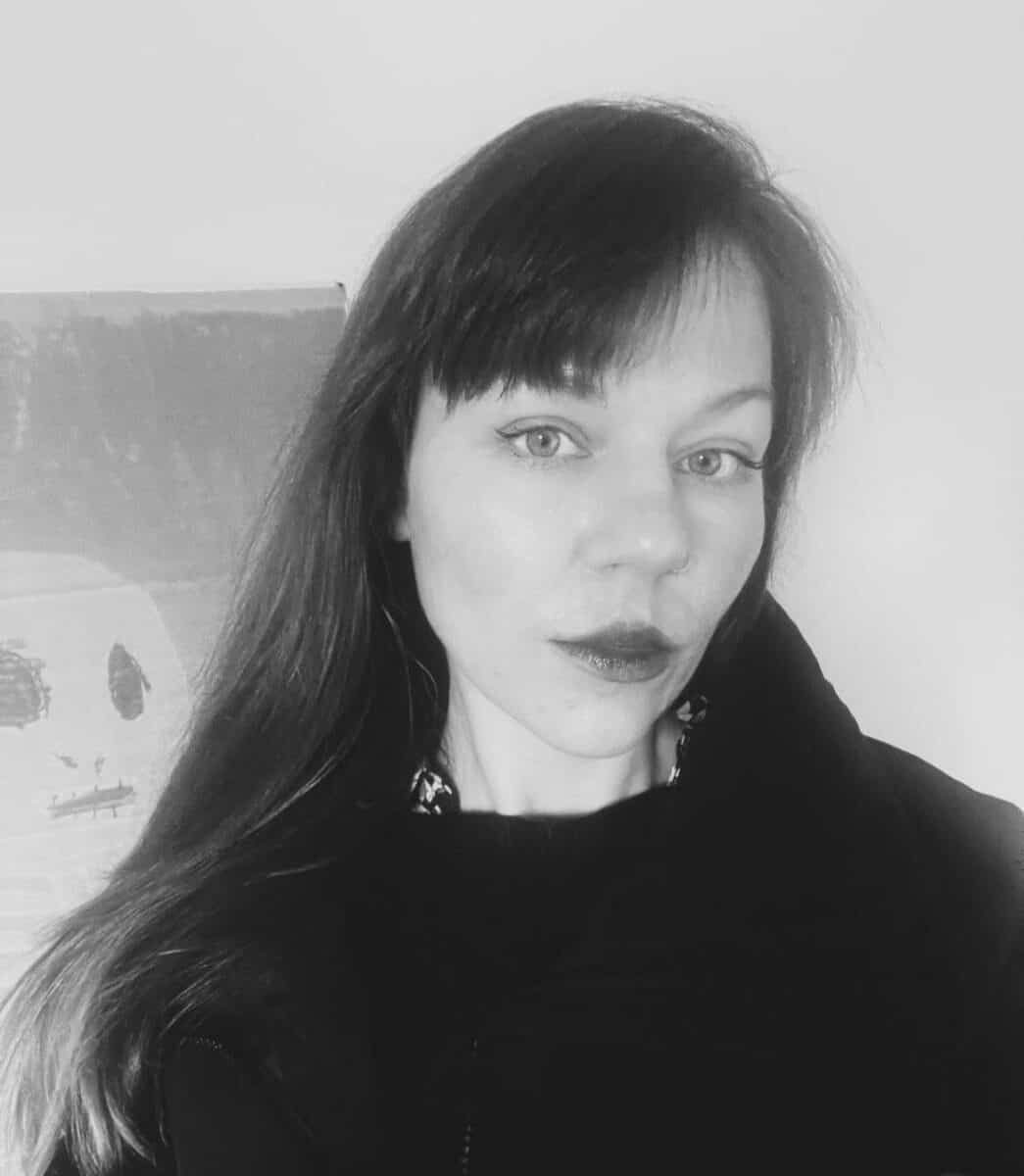
Julia Soboleva is a mixed-media artist who creates art in order to search for the never-ending relationship between light and dark. Soboleva was born in Latvia, she grew up in a post-Soviet era and sought to find her place amongst the complicated past. She is currently based in Manchester in the United Kingdom.
Phillip Edward Spradley: Can you speak about your initial relationship with art? Was it brought home by family, was it something you gravitated towards in school, was it accessible or did you have to exert yourself in order to see visual art in a museum and gallery context?
Julia Soboleva: Growing up I haven’t had a direct interest in art. Since I was raised by my grandmother it was rather an influence of storytelling, folklore and superstitions which shaped my early worldview.
For example, there was Domovoy living in our house. In pre-Christian Slavic mythology, Domovoy is a household spirit and it protects inhabitants from harm. To keep Domovoy happy one has to keep their home tidy and leave them little snacks overnight. Our Domovoy had a sweet tooth so we used to feed them with candy. Dream interpretations and fortune-telling were also a very normal phenomena when I was growing up.
So it was a highly developed imagination and intuition that developed my creativity and also helped me to navigate and make sense of some challenging family circumstances. I used to love theatre and performance and attended a drama club throughout my whole childhood. My favorite role was Dorothy from The Wonderful Wizard of Oz which I still relate to very deeply. I was also obsessed with maths. It made me feel safe knowing that no matter how tricky the quotation is there is a definite answer to it. Art doesn’t have it.
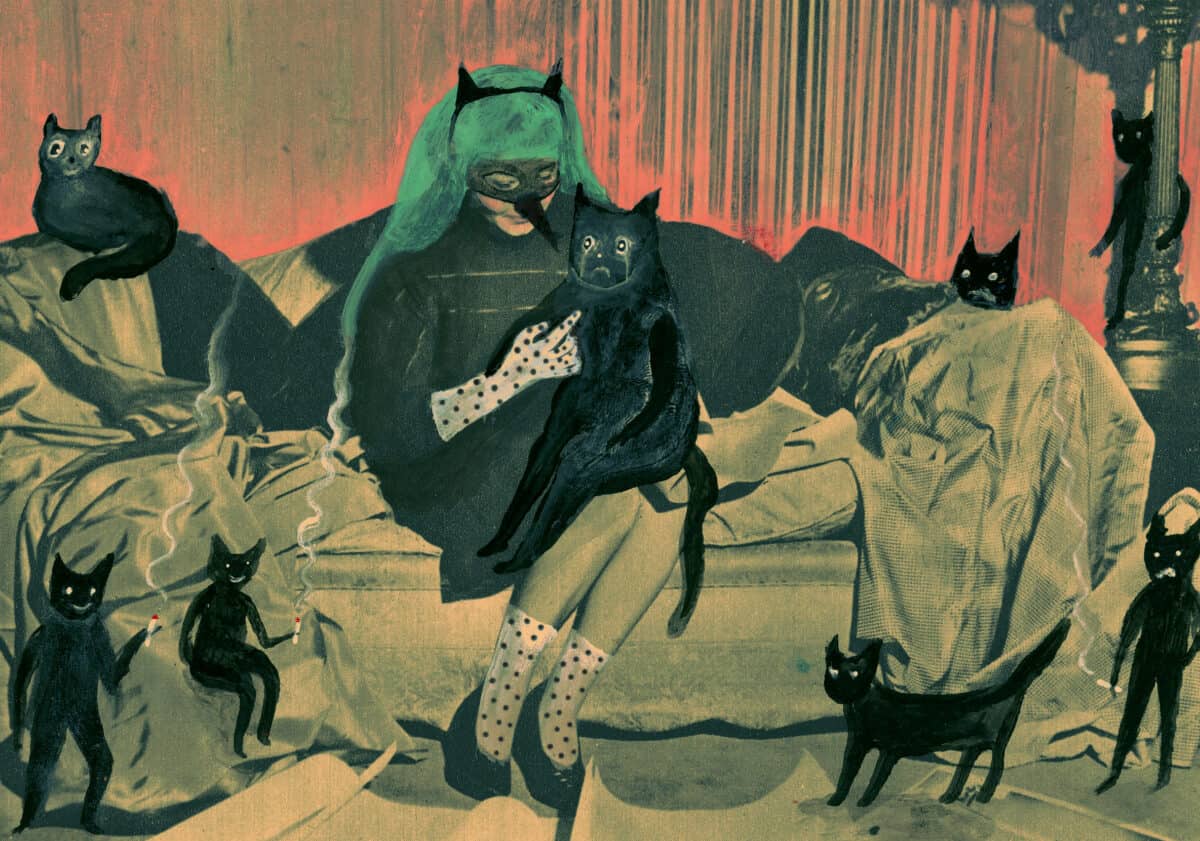
One of the reasons your art strikes a chord is because it carries familiarity with use of domestic spaces and group settings. Where do you source your imagery and what are the particular qualities you look for in an image before you make it your own?
Finding the right source image is as important part of my practice as the actual process of making it. Unless it’s a commissioned piece, I never purposefully look for a particular quality in the image. I rather let images come to me. Flea markets and vintage shops are where I find the most incredible archival images. My favorites are abandoned suitcases full of old family photos – weddings, funerals, all the drama and poetry of human condition, a little universe locked in a dusty suitcase. Sometimes I wouldn’t even use any of these photos but studying them is part of my research. I also collect my images from old quirky magazines and books.
Selecting the image to work with is always an intuitive decision. I think of the image rather than choosing it itself. In his book ‘Camera Lucida’ Barthes says that a photograph mechanically repeats what could never be repeated existentially. It’s motionless, it doesn’t emerge, nor it leaves. ‘It’s anesthetized and fastened down like a butterfly’. But what if it wants to emerge as something else? What if each image has its karma, its own metamorphosis? After all, some iconic images survive centuries and some disappear the moment they are taken. It’s a mysterious process but I believe my practice is a relationship rather than a monologue. I help an image to acquire a new form and an image provides me a skeleton for a new piece of art.
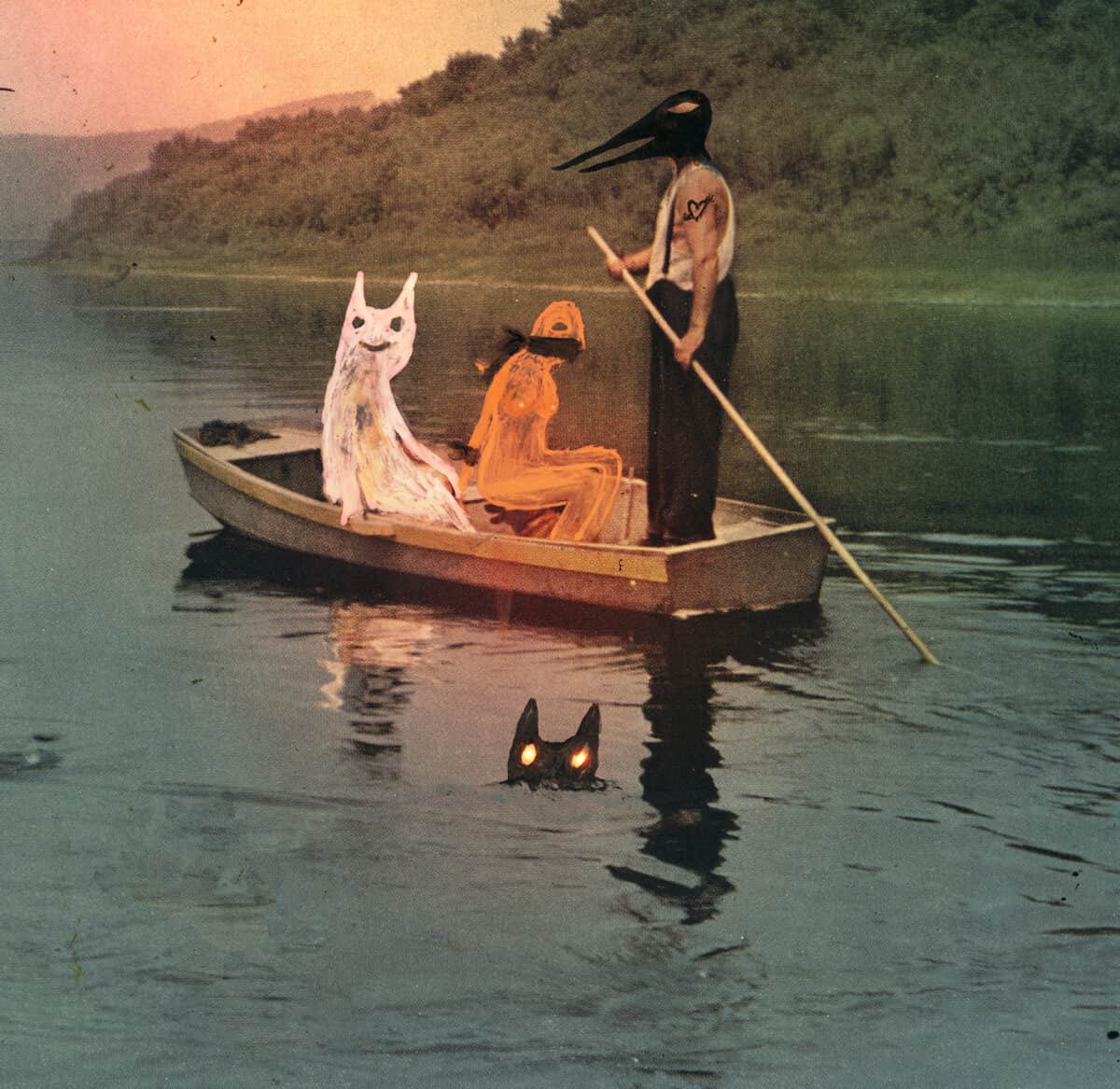
There are several nods to nature in your art, that being the great outdoors and animals, do you take the opportunity to spend time and engage with the natural surroundings?
I feel most at home when I’m in nature. It’s the best medicine for my mental and spiritual health which are also fundamentals for my ability to make art. So there’s a direct connection between creativity, mental health and how nature binds it all together.
Creativity is a powerful unapologetic force. It comes like a sea wave through a tunnel of our perceptions. That’s why it’s very important to keep the tunnel as clear as possible. Devoid of negativity, emotional turbulence, any strong self-identifications and attachments.
So being in nature is the most direct way for me to achieve this state. It’s humbling to realize I am made of the exact same building blocks as trees, plants and animals. It helps me to reduce the importance of all the social roles I’m playing in day-to-day life (including being an artist!).
I’m also interested in the archetypal symbolism of animals. Being devoid of ego and social roles – animals are much closer to the ‘secret’ of laws of nature and thus to a knowledge of subconscious. So they represent the ‘divine’ side of the human psyche, both dark and light. It excites me and it comes through in my work a lot.
I often explore nature together with my 7-year-old son. This is where animals and trees acquire magical properties. Squirrels and ladybirds start talking. If you hug a tree and listen carefully- it will tell you a story.
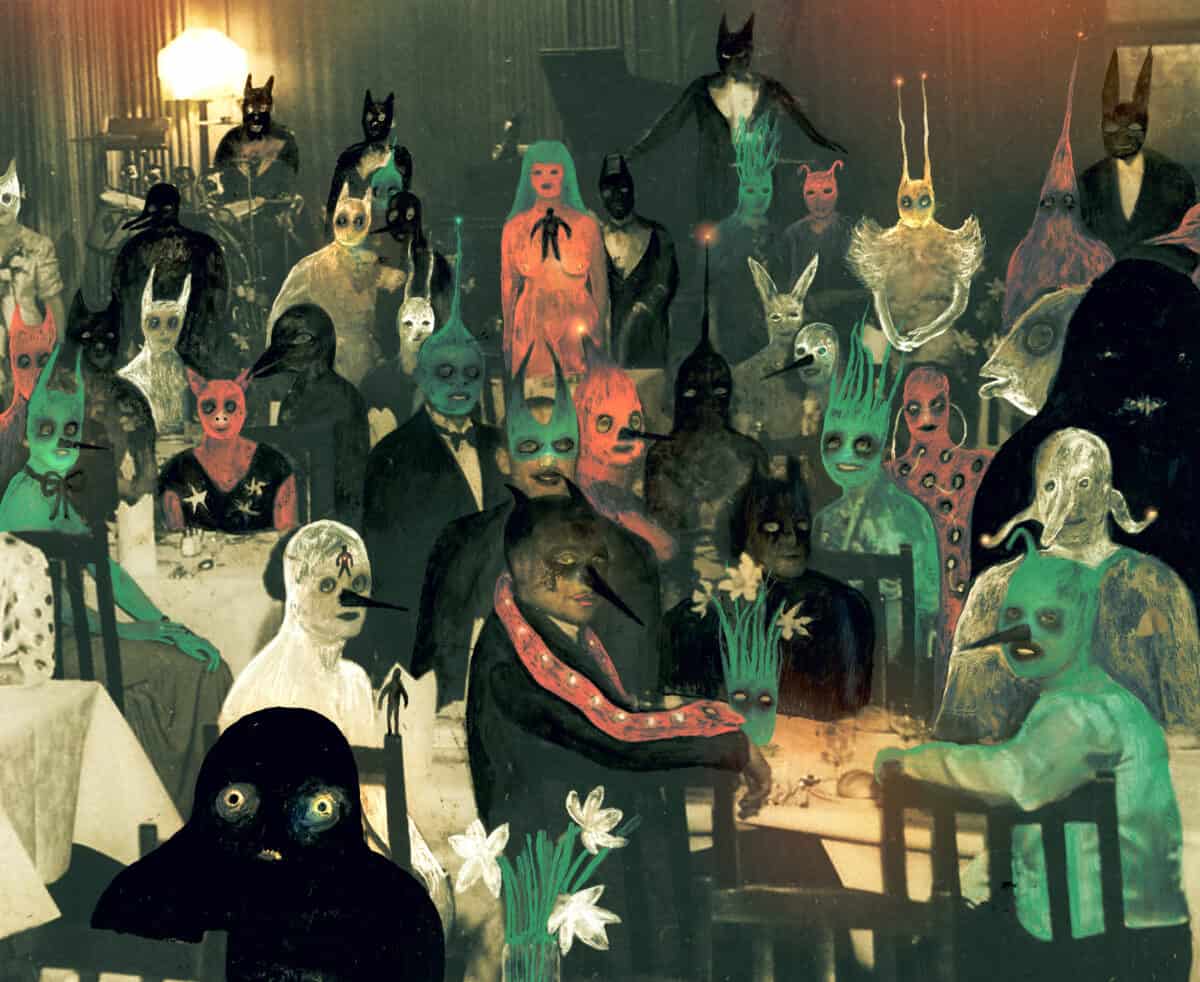
You work from photography, you source from found photographs and certain photographs can make everyday occurrences very cinematic. Do you think of these images as moving or do they carry a narrative? Where do you generally begin when it comes to setting out to imagine any one of these worlds?
Roland Barthes said each photograph is loaded evidence. It’s like a caricature of not a thing of what it represents but of its very existence. Photography is a very strange medium, like hallucination. ‘False on the level of perception, true on the level of time’.
So the photograph itself is like a ghost, like a fingerprint of an occurrence. It especially applies to old abandoned imagery. It’s not moving, it’s not telling a story, it’s not personified (our minds make it so). The photograph itself is just this mad image, pulsating with the evidence of ‘something happening somewhere sometime’. So I use this image as a portal to get to another possibility of an occurrence. The image itself leads the way and helps me to navigate the direction of how it wants to manifest. It’s like traveling in the multiverse.
It’s a purely intuitive process. Sometimes a glitch occurs and it abrupts halfway through. Sometimes it’s astonishing how freely it flows on its own and the whole artwork can be done within 30 minutes. Some pieces are more technically advanced and take a few weeks to accomplish.
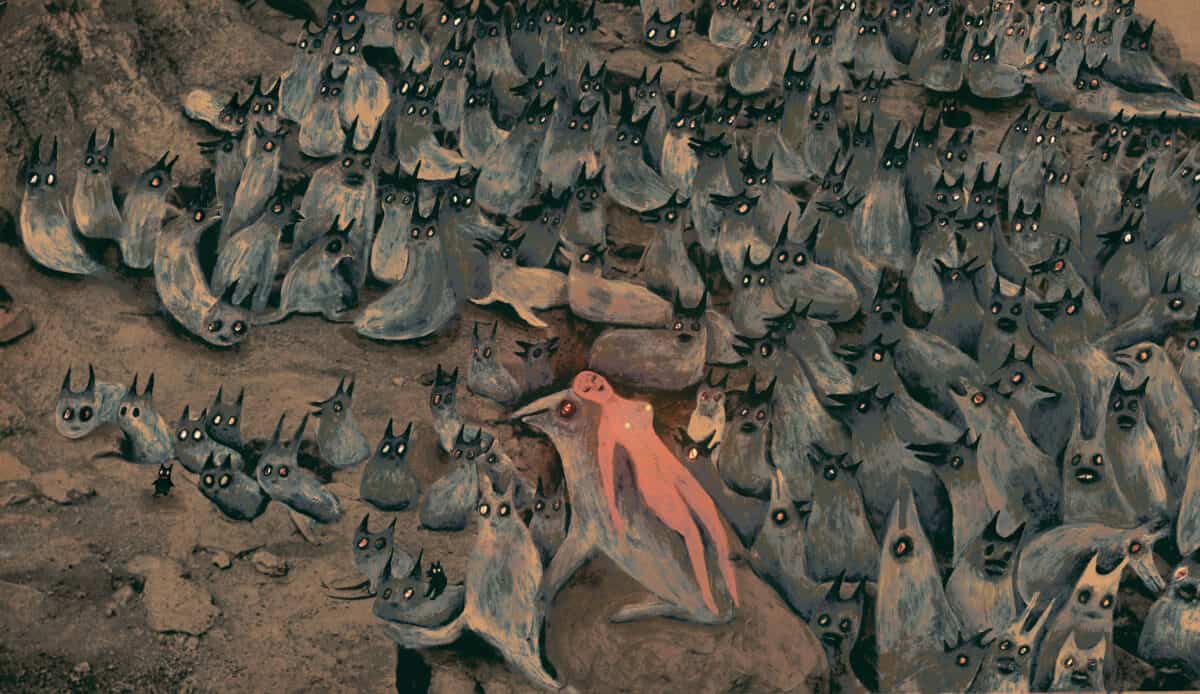
Can you talk about what it takes to work at the various scales you’ve operated in? What do you think about the illustration process?
I’m originally trained as an illustrator as both of my degrees are in Illustration. Currently, I’m mainly collaborating with musicians and publishers making album and book cover art.
I love the challenge of illustration work as it’s a great exercise in developing ‘creative empathy’. As an illustrator, I have to absorb another artist’s world through their music or writing. I have to feel it, touch it, taste it and smell it. And then I place their world within my world but in a way that my vibe won’t overwhelm theirs. It’s like an alchemy. You take two elements, blend them together and create a new world.
Where do you tend to find or seek inspiration for your work? Do you care to watch television or films of a specific genre or listen to music from a certain time and place?
During my student years, I was ‘Inspiration Godzilla’ gobbling up all the films, books, music, and art I could put my hands on. David Lynch, Pedro Almodovar and Andrey Tarkovsky were a big influence on my work then.
Recently, I don’t seek inspiration intentionally. It’s more of an intuitive process now, based on synchronicities and spontaneous impulses and content which makes me feel good. And I carefully curate the information I allow to be in my field. So my main focus now is on how to keep my spaceship (mind) in good shape and whatever I encounter along the way becomes part of a journey.

One word that I think of regarding your work is eerie. It operates figuratively in relation to exaggerated forms and ominous color palette and also points towards certain societal norms: namely, togetherness, conflict, curiosity and discovery. What is the through line there?
I like to see my pieces as mirrors, each reflecting a hidden message specifically addressed to a viewer. The same artwork can evoke completely opposite emotional responses from an audience. To some it’s beautiful, poetic and liberating. To some it’s scary, psychotic and uncomfortable.
It’s all part of a creative process. You throw a pebble in the water and it creates ripples. But notions of togetherness and conflict, as well as generational trauma, collective consciousness and definition of ‘home’ is something I often touch upon in my work. The experience of growing up without a defined idea of family or national identity and also immigrating to another country at a young age – made me challenge all these societal norms and structures and it became a motif, often subconscious, in my work.
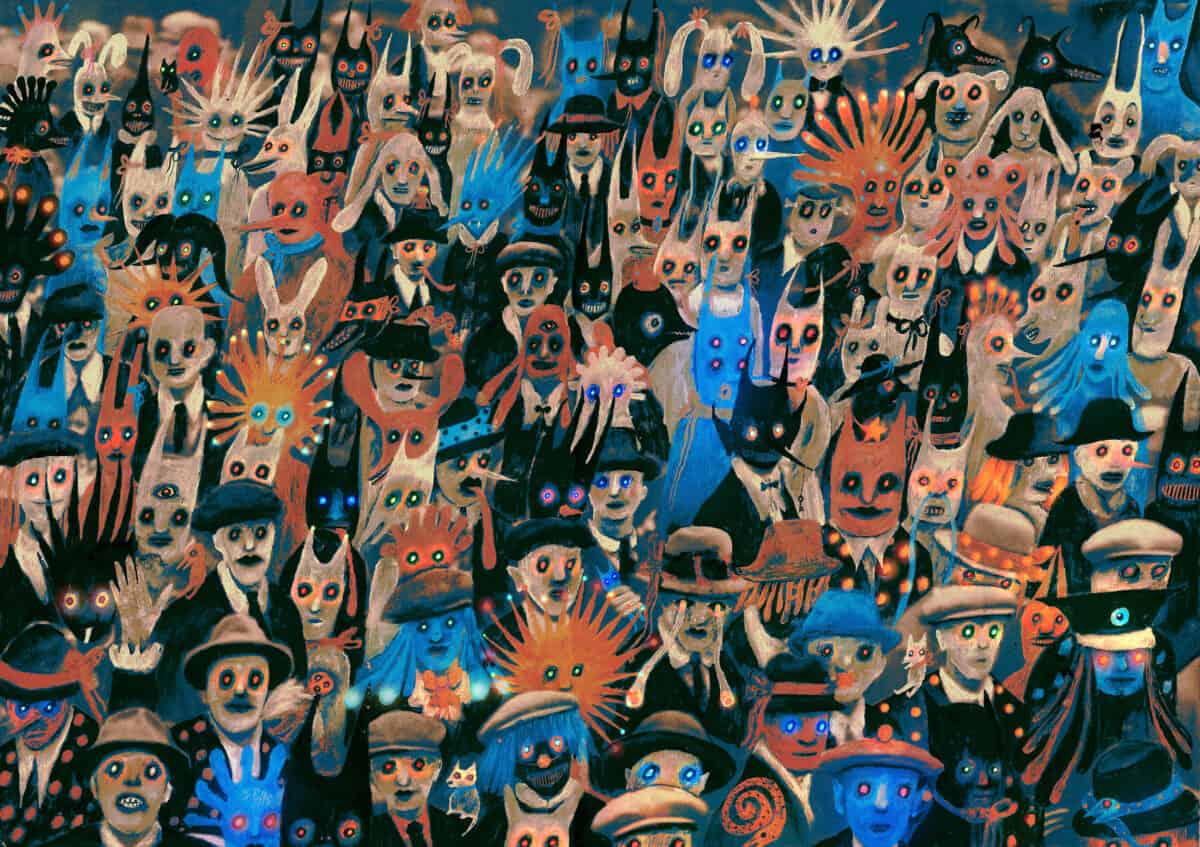
How is some of your work manifesting now? Do you feel like you have a very different relationship to any of your images and has it led to different kinds of work?
A few years ago I made a decision to fully support myself through my art. Being a single parent, it was risky and a crazy thing to do but I believed it would work out regardless of the challenges. I just knew that it was the only way for me. So I immersed myself in any relevant education I could find: how to run a business, how to manage social media, marketing, accounting. I’m still in the process of learning but I feel more confident now in my ability to maintain my art as a career.
At the moment, my daily working routine involves a lot of admin work and taking care of the business side of my practice. For whatever reason, the Erin Brockovich film was very inspirational to me. Whenever it gets overwhelming I imagine myself to be Erin Brokovich fighting for a good cause and taking on the bad guys.
My creative practice is blossoming like a little beautiful garden. I try to attend to it as much as I can. My pieces became more elaborate now and the color palette is gradually changing. It’s a mysterious thing. And I feel blessed my work resonates with so many people around the world.
Follow Julia Soboleva on Instagram at @juliasobolevaillustration
